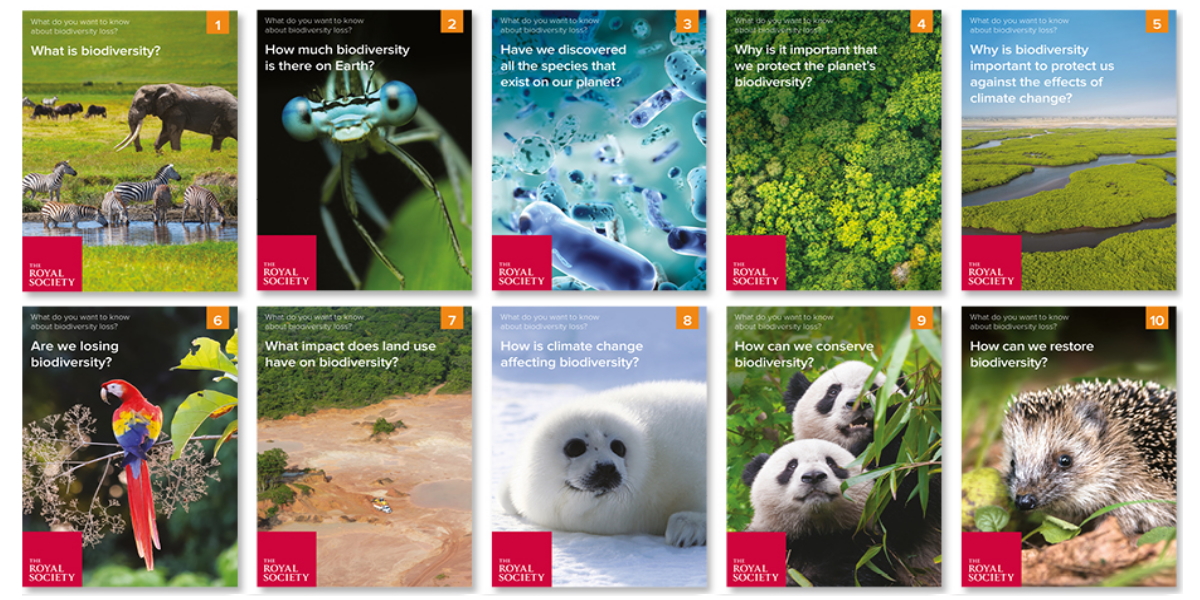Filters
Clear allSubject
- Careers (3) Apply Careers filter
- Climate Change (2) Apply Climate Change filter
- Computing (3) Apply Computing filter
- (-) Remove Cross curricular filter Cross curricular
- Design and technology (3) Apply Design and technology filter
- Engineering (3) Apply Engineering filter
- Leadership (1) Apply Leadership filter
- Mathematics (2) Apply Mathematics filter
- Personal development (1) Apply Personal development filter
- Psychology (1) Apply Psychology filter
- STEM Clubs (1) Apply STEM Clubs filter
Age range
Type
- Activity sheet (7) Apply Activity sheet filter
- Article (1) Apply Article filter
- Group work (1) Apply Group work filter
- (-) Remove Information sheet filter Information sheet
- Open-ended task (1) Apply Open-ended task filter
- Poster (3) Apply Poster filter
- Presentation (10) Apply Presentation filter
- Research (2) Apply Research filter
- Self assessment (1) Apply Self assessment filter
- Teacher guidance (14) Apply Teacher guidance filter
- Video (1) Apply Video filter
- Include Physical Resources (0) Apply Include Physical Resources filter
Showing 17 results
This ebook aimed at upper primary, will also be of interest and value to older pupils. Using photosynthesis as a link it looks at a range of topics including: the diversity of plants, plant and animal cells, respiration and photosynthesis, climate change, greenhouse effect, and energy conservation.
Written...
This booklet provides a range of activities which look at the Earth and what we can find out about it. Cross curricular activities encompass science, geography and literacy and include facts, question sheets and practical activities, all designed to provoke interest and awareness of the Earth and its place in the...
In this lesson students simulate the training of Arctic explorers to learn how lifestyles can affect physical and mental health. The lesson is introduced by Ann Daniels, a record-breaking polar explorer as the first woman in history, along with expedition teammate Caroline Hamilton, to reach the North and South...
In this resource students learn about diet and the importance of a balanced diet through the experiences of polar explorers. Using creativity and scientific research skills, students will create a menu suitable for an Arctic expedition. The lesson is introduced by Fran Orio, a specialist polar cook, who can make...
In this lesson students investigate the insulating properties of materials and consider how the adaptations of Arctic organisms help develop these. The context of the lesson is helping to develop new clothing for Tyler Fish, one of the Catlin Arctic Survey explorers.
The entire package of the Frozen Oceans...
In this lesson students learn about the impacts of ice in the Arctic melting by watching a series of demonstrations. The context of the lesson is the work of Dr Helen Findlay who was investigating the effect of environmental change on the Arctic ecosystem.
The entire package of the Frozen Oceans primary...
In this cross curricular activity, children learn about light and shadows by creating shadow puppets which tell the story of a myth or legend. Teacher’s notes provide a step by step guide to creating the shadow puppets, showing how to create moving parts; it also shows how to set up a shadow theatre to tell the...
The National STEM Learning Centre and Network supports the teaching and learning of science, design and technology, computing, engineering and mathematics (STEM) education in schools and colleges throughout the United Kingdom, from primary level to post-16.
...Earth Observation (EO) scientists collect information about the Earth – the land, the sea and the atmosphere – using sensors carried on satellites, aircraft, ships, buoys floating on the ocean and thousands of weather stations around the world. There is now a great deal of data available and scientists are finding...
What is the common link between chocolate biscuits and orangutans? In this activity aimed at ages 8-9, children learn about rainforests, their location, structure and some of the animals and plants that live in them. They look at rainforests in Sumatra and how deforestation has occurred in order to grow oil palm...
This Practical Action resource presents a fun hands-on and brains-on challenge for Key Stages Two to Five.
The problem:...
A useful handbook for setting up a student-led STEM club, with exemplars from three schools.
It is increasingly recognised that giving students opportunities to act as ambassadors and mentors for STEM subjects outside of school can be of great benefit to the individual, their institution, and to the broader...
This activity uses satellite images of the Earth to show how a glacier has changed over almost three decades. Children are asked to measure the glacier to find out how much it has changed in size and to compare false-colour images to suggest how this helps us find out more about environmental change. Guidance on...

These evidence-based, question and answer style classroom resources can be used to engage students of all ages...
